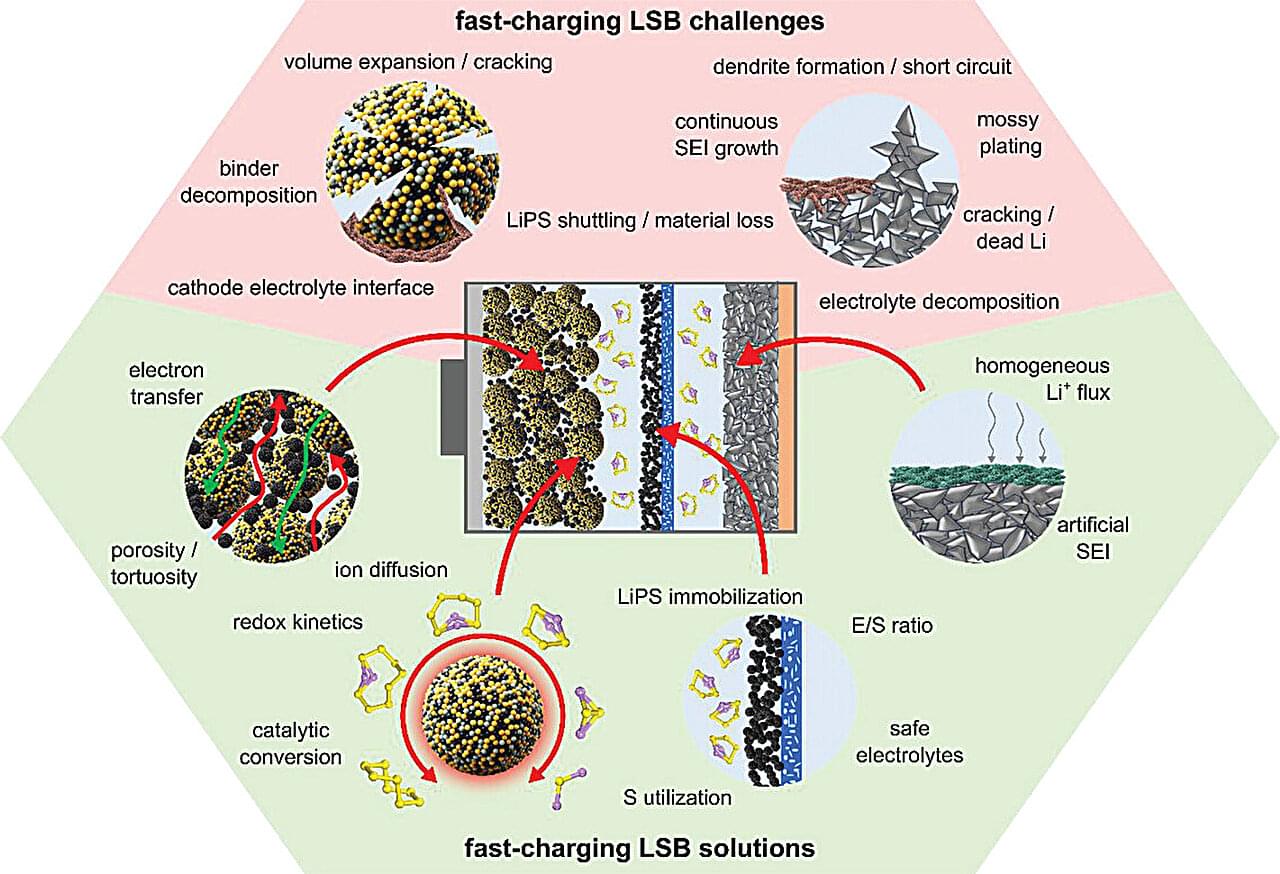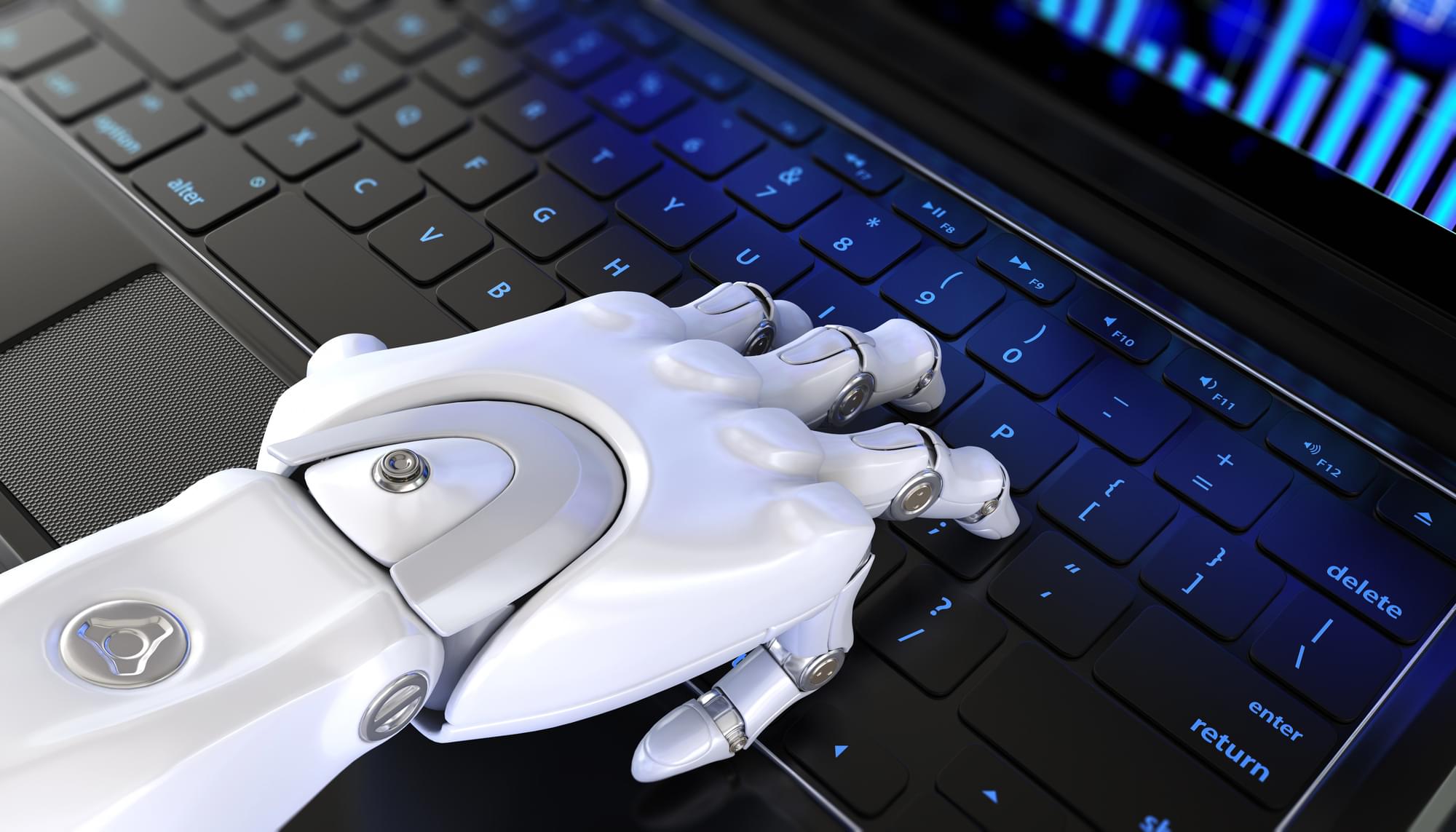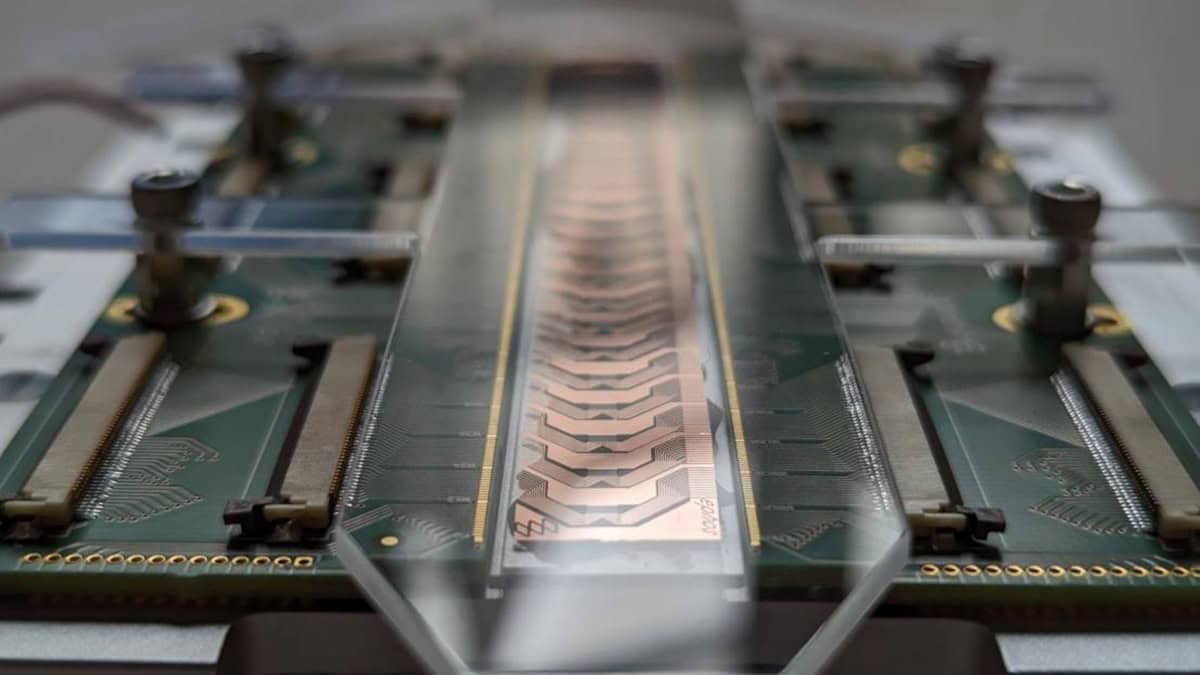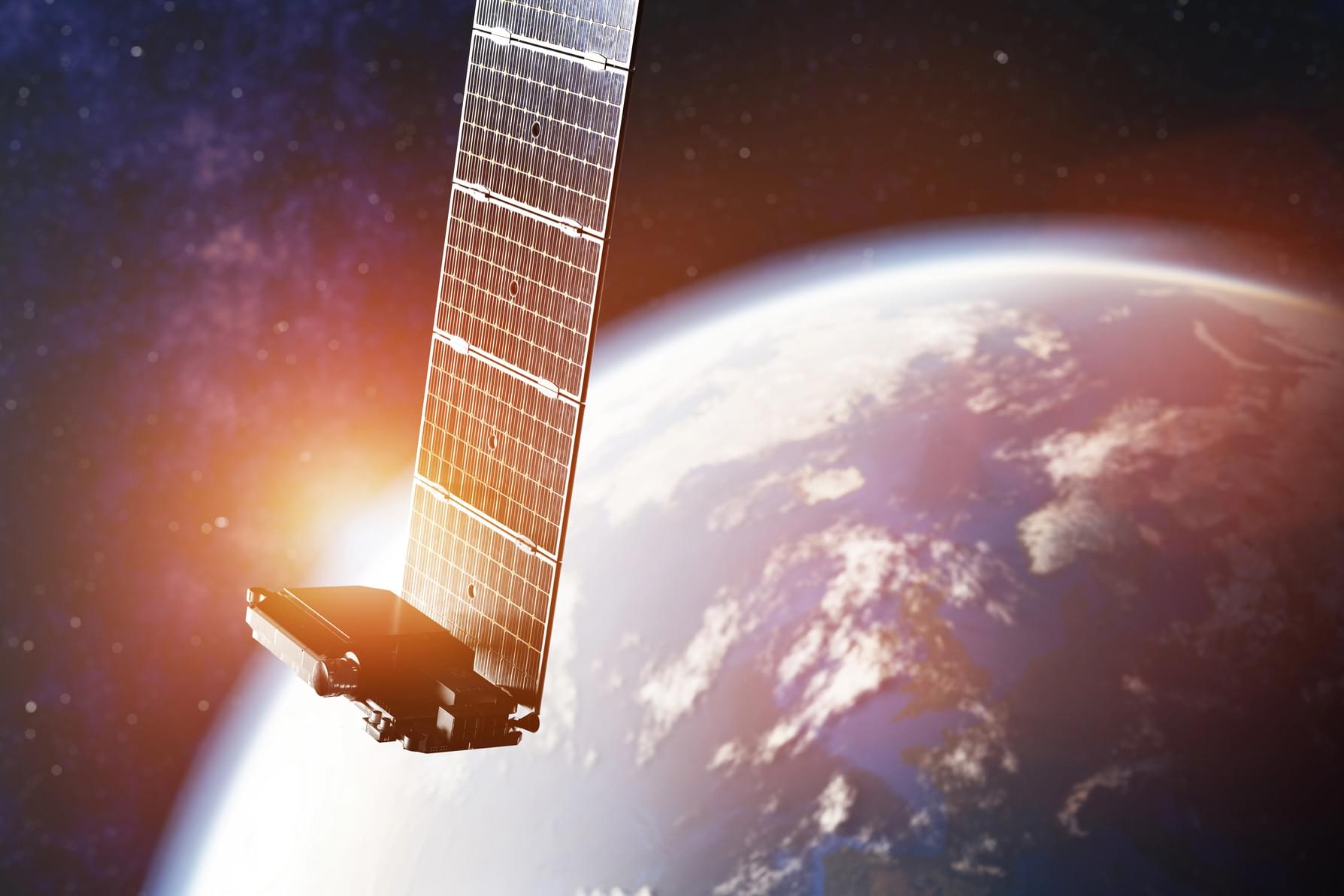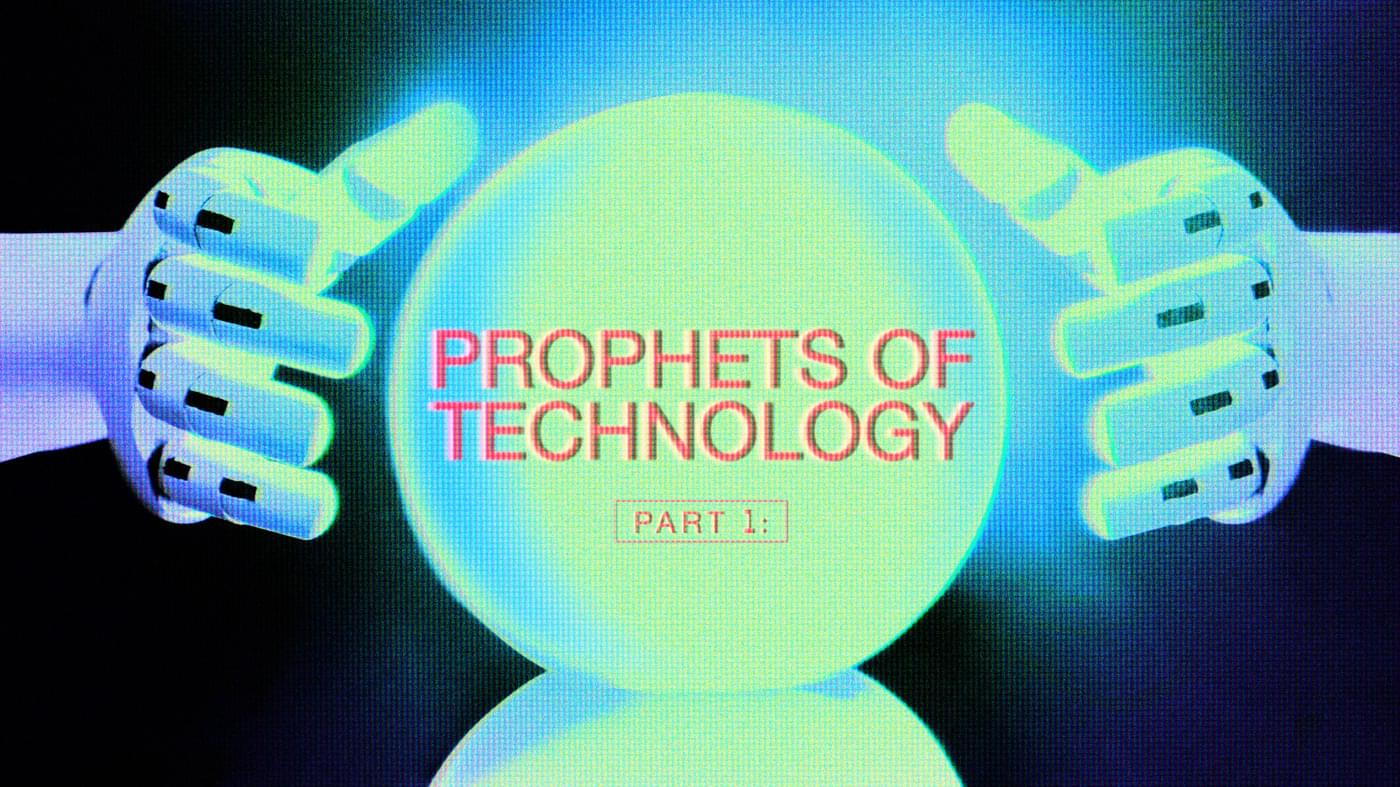Grab a coffee and your car is fully charged—this is how many people envision the future of mobility. But today’s batteries still fall short of this ideal. While modern lithium–ion batteries can charge from 20% to 80% in about 20 to 30 minutes, a full charge takes considerably longer—and fast charging puts significant stress on the cells.
A new international review study published in the journal Advanced Energy Materials now shows how lithium–sulfur batteries (LSBs) could overcome these limitations.
Researchers from Germany, India, and Taiwan—coordinated by Dr. Mozaffar Abdollahifar from the research group of Professor Rainer Adelung at Kiel University (CAU)—systematically analyzed hundreds of recent studies and identified mechanisms that can enable LSBs to operate stably and efficiently even at high charging rates. Their goal: charging times under 30 minutes—ideally as low as 12 minutes—combined with higher energy density and extended driving range.
